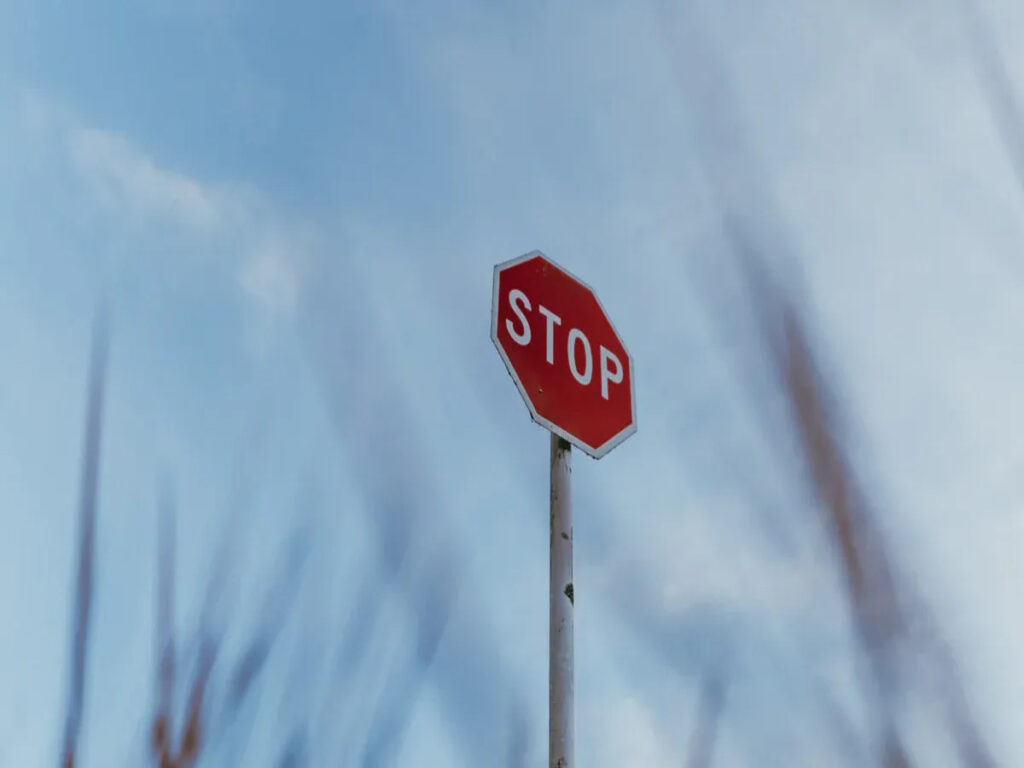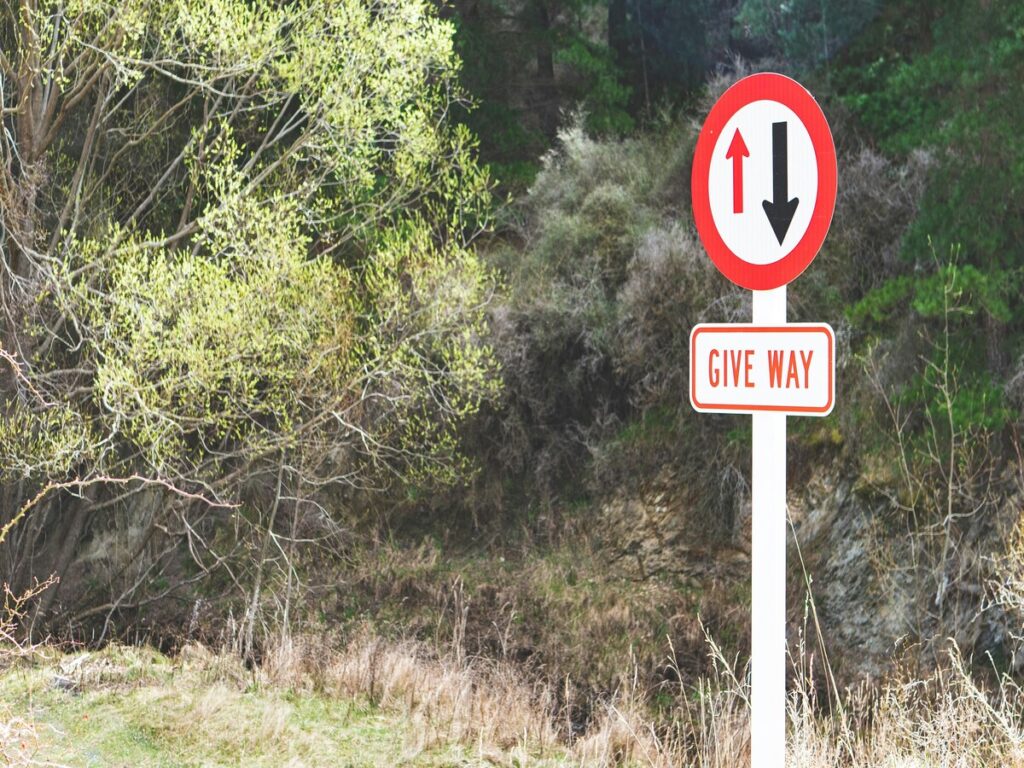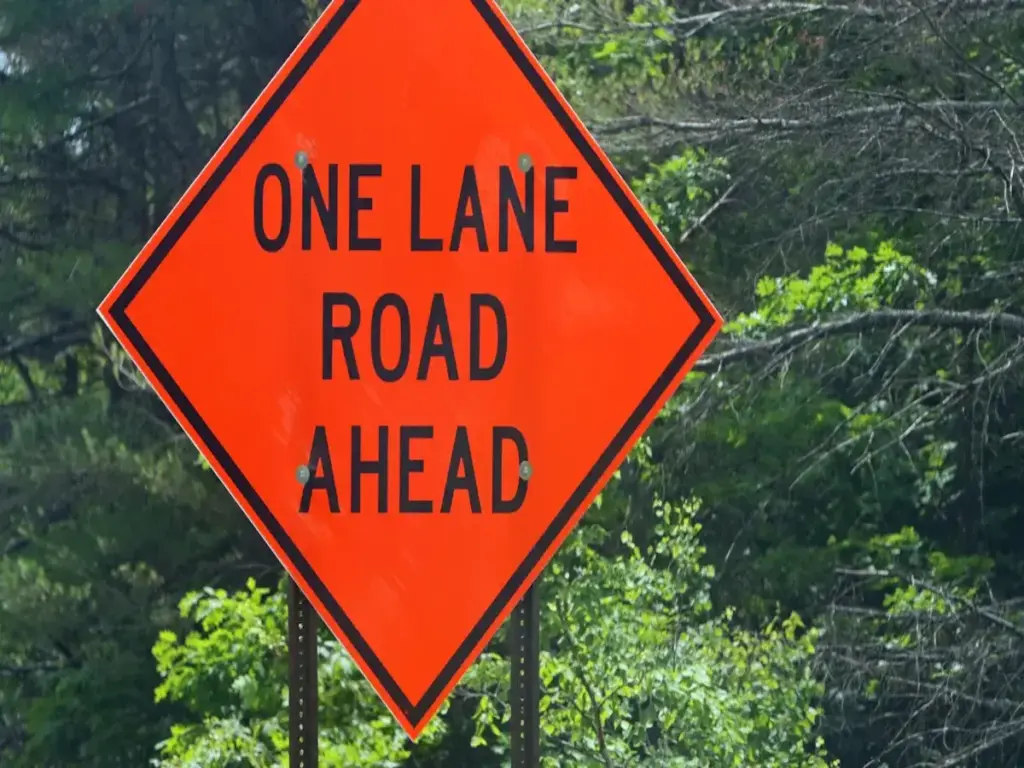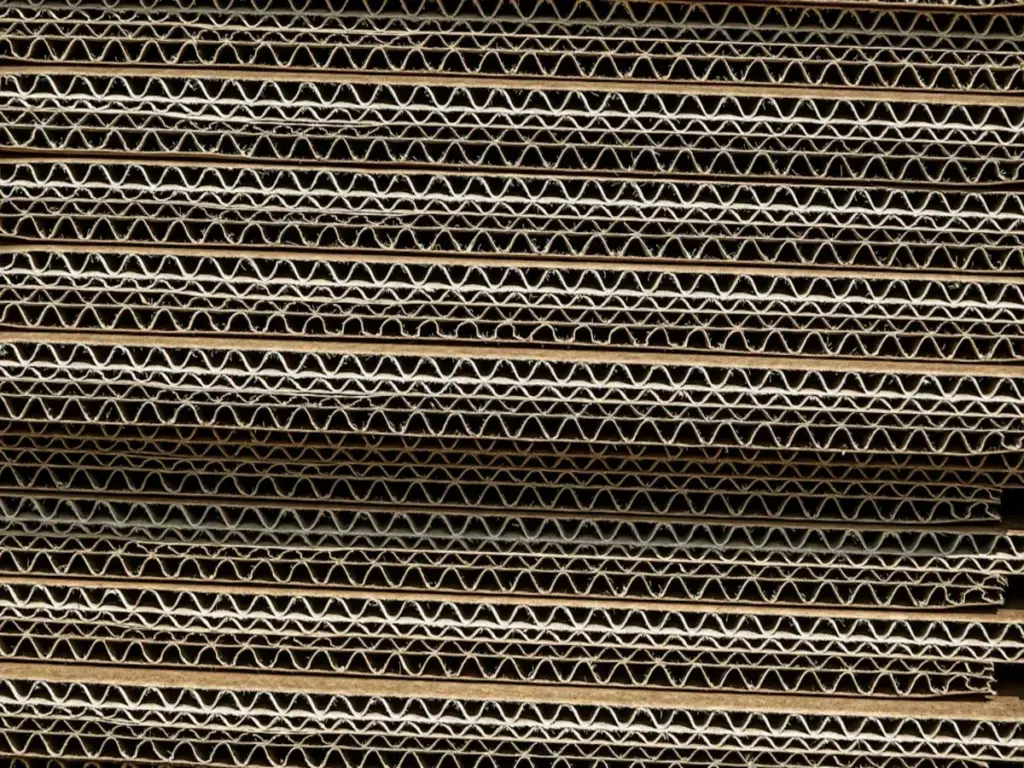
Sie möchten, dass Ihre Verkehrsschilder lange dauern und leicht zu sehen bleiben. Viele Städte stehen vor Herausforderungen mit Graffiti und wetterbedingten Schäden. Die Auswahl des richtigen Schutzes ist für die effektive Wartung des Verkehrszeichens von entscheidender Bedeutung, Helfen Sie, Geld zu sparen und Straßen sicher zu halten. Städte, Zeichenmacher, and planners all play a role in the Verkehrszeichen maintenance process. Ihre Wahl wirkt sich aus, wie Ihre Stadt aussieht und die Sicherheit ihrer Mitarbeiter gewährleistet.
Bei OPTRAFFIC, we offer durable, Australian-compliant signage built to withstand harsh conditions, ensuring long-term visibility and reliability in every environment.
Key Takeaways
- Laminate keeps traffic signs safe from rain, Sonne, und Dreck. It helps signs last more than ten years. This is very helpful on busy roads and highways.
- Anti-graffiti coatings stop paint and markers from sticking to signs. This makes graffiti easy to clean off. These coatings work best in city centers and places with lots of vandalism.
- Both laminate and anti-graffiti coatings protect signs from bad weather. They help signs stay clear and easy to read for many years.
- Picking the right protection depends on where the sign is. Use laminate for busy roads and places with harsh weather. Use anti-graffiti coatings for city areas with lots of graffiti.
- Using the right coatings saves money and time. It means you do not have to replace signs as often. It also makes cleaning signs easier. This helps keep communities safe and looking nice.
Traffic Sign Maintenance Overview
Importance of Protecting Public Signage
You help keep public signs safe and easy to see. When signs are in good shape, Jeder ist sicherer unterwegs. Clear signs help drivers, Biker, and people walking find their way. If signs get faded or broken, accidents can happen more easily. Cities need strong traffic sign maintenance to keep signs easy to read.
Notiz: Doing regular checks helps you avoid legal trouble. If a sign causes a crash, people might say the city knew about the problem but did nothing. Keeping records, taking photos, and doing inspections can help protect your city from these claims.
You also help your town look nice by keeping signs clean. This makes your community look better and keeps people informed.
Common Threats to Traffic Signs
There are many problems you face when taking care of traffic signs. Some of the most common problems are:
- Weather and pollution can make retroreflectivity fade. This makes signs hard to see at night.
- Unfälle, vandalism, and snowplows can break signs in busy places.
- Graffiti and stickers can cover up important words, making things less safe.
- Sometimes signs come back without location info. This makes it hard for cities to keep track of them.
Data from cities like Ames shows bar codes and GPS help you track signs better. This means you can fix only the signs that need it. You do not have to replace every sign at once. You also need to check retroreflectivity often to follow federal rules. This keeps signs easy to see for drivers and new car systems. Digitale Werkzeuge, photos, and videos help you manage signs and plan how to protect them.
Laminate for Traffic Signs

What Is Laminate?
Laminate helps protect traffic signs from getting damaged. It is a clear layer that covers the sign’s surface. You put it on top of the graphics and reflective sheeting. This layer works like a shield. It keeps the sign safe from scratches, Schmutz, und schlechtes Wetter. Laminate is made from strong materials like polycarbonate or polyester. These materials bend without breaking. You often see laminate on signs in busy areas and sunny places.
Benefits of Laminate
Laminate gives traffic signs many good things. It helps signs last much longer. The laminate blocks the sun’s UV -Strahlen. This keeps the colors bright and easy to see. It also protects signs from rain, Schnee, und Wasser. Laminate keeps water out, so signs do not rust. In places with lots of pollution, laminate acts as a barrier. It stops dirt, Öl, and graffiti from sticking. You can clean the sign easily without hurting the graphics.
Here are some ways laminate helps signs:
- Blocks UV rays to stop fading.
- Keeps out water and stops rust, Auch in der Nähe des Ozeans.
- Protects against chemicals and pollution in cities.
- Handles hot and cold weather without breaking.
- Makes cleaning easy and keeps signs looking new.
If you take care of them, laminated signs can last over ten years. Many cities use laminate on signs in busy places. This saves money because they do not need to replace signs as often.
Limitations of Laminate
Laminate works well for most problems, but not all. Some graffiti can still stain the surface. In places with lots of vandalism, you may need more protection. Laminate costs a little extra for each sign. But the longer life and less work often make up for this. You should pick laminate if you want signs that stay strong and easy to read.
Anti-Graffiti Overlaminate and Coatings

What Is Anti-Graffiti Protection?
You want your traffic signs to stay clean and easy to read. Anti-graffiti protection helps stop graffiti from sticking to signs. When you use anti-graffiti overlaminate, you add a clear layer on top. This layer acts like a shield for the sign. It keeps spray paint, Markierungen, and stickers from sticking. Einige Produkte, like NanoSlic NS 240, use special technology. This makes the surface hydrophobic and oleophobic. Wasser, Öl, and graffiti slide off more easily. You can use anti-graffiti overlaminate on metal, bemalt, or reflective highway signs.
How Anti-Graffiti Overlaminate Works
You put anti-graffiti overlaminate right on the sign’s surface. This overlaminate forms a strong barrier. It stops graffiti from soaking in or sticking. If someone sprays paint or uses a marker, the graffiti stays on the outside. You can wipe it off without hurting the sign. The overlaminate also protects against UV rays, Feuchtigkeit, und Kratzer. This helps your signs last longer and look better. When you clean graffiti, Sie sparen Zeit und Geld. The overlaminate makes cleaning fast and simple.
Tipp: Anti-graffiti overlaminate works well for busy city signs, Bushaltestellen, and places where graffiti happens a lot.
Pros and Cons of Anti-Graffiti Coatings
You have choices for anti-graffiti overlaminate and coatings. Some are permanent and last through many graffiti attacks. Others are sacrificial, so you remove the coating with the graffiti and put on a new one. Here is a quick look at the pros and cons:
| Aspekt | Profis | Nachteile / Herausforderungen |
|---|---|---|
| Wirksamkeit | Stops graffiti from bonding; easy graffiti cleanup; UV- und witterungsbeständig | Some coatings need to be put on again; not all work on every surface |
| Haltbarkeit | Permanent overlaminate lasts through many cleanings | Sacrificial coatings need more maintenance |
| Substrate Suitability | Arbeitet auf Metall, bemalt, and reflective signs | Some coatings do not work on certain plastics |
You can remove graffiti fast and easily with anti-graffiti overlaminate. The overlaminate keeps your signs looking new and easy to read. You can use it on many types of signs and surfaces. If you want less traffic sign maintenance and a nice-looking city, anti-graffiti overlaminate is a smart choice.
Laminat vs. Anti-Graffiti Protection
Haltbarkeit und Wetterbeständigkeit
Sie möchten, dass Ihre Verkehrsschilder lange dauern. Laminate gives strong protection from weather and sunlight. It blocks rain, Schmutz, und UV -Strahlen. This helps signs stay bright and easy to read. Many cities use laminate because it helps signs last over ten years. Laminate works well on highways and busy streets. Vinyl films and laminates can handle very hot and cold weather. They work from -40°F to 180°F. They also resist chemicals and cleaning soaps. Polycarbonate laminate makes signs even stronger. It keeps signs from bending or breaking.
Anti-graffiti overlaminate also protects signs from weather and sun. It forms a tough layer that stops water and sunlight from hurting the graphics. You can use anti-graffiti overlaminate on metal, bemalt, or reflective signs. Both types pass hard weather tests like ASTM Und ISO. This means they last for many years. When you need signs to stand up to bad weather, both choices work well.
Graffiti Resistance and Cleanability
Graffiti can make signs hard to read and look messy. Laminate helps protect against scratches and dirt. But it does not stop all graffiti. If someone uses spray paint or a marker, stains might stay after cleaning. Anti-graffiti overlaminate is made to stop graffiti from sticking. Graffiti stays on top, so you can wipe it off with a cloth or mild cleaner. You do not need to scrub hard or use strong chemicals. This makes anti-graffiti overlaminate great for places with lots of graffiti, like bus stops or city centers.
You can use anti-graffiti coatings on metal, Beton, and wood. The coating forms a thin, strong layer. It stands up to many graffiti attacks. You can remove spray paint, Markierungen, and stickers without hurting the sign. This keeps your signs looking new and easy to read, even after many cleanings.
Kosten und Wartung
You want to save money and time on sign care. Laminate costs more at first, but it lasts a long time. It needs less cleaning. You do not have to replace signs as often. This saves money over the years. Laminate is a good choice for busy roads where signs get lots of wear.
Anti-graffiti overlaminate can cost more if you pick thicker types. But it saves money by making graffiti removal fast and easy. You do not need special tools or harsh cleaners. Some anti-graffiti coatings last through many cleanings. You do not have to reapply them often. This saves money in places with lots of graffiti.
Visual Clarity and Longevity
You need signs that stay clear and easy to read. Laminate keeps colors bright and blocks fading from the sun. It also stops dirt and water from making signs look dull. Cleaning laminated signs with soft cloths and gentle soap helps them last longer.
Anti-graffiti overlaminate also keeps signs looking sharp. It resists scratches and stains. The graphics stay easy to see. Both laminate and anti-graffiti overlaminate can add years to a sign’s life. Cleaning with soft tools helps protect the coating and keeps the sign readable.
Here is a quick comparison to help you choose:
| Besonderheit | Laminate | Anti-Graffiti Overlaminate |
|---|---|---|
| Haltbarkeit | Hoch (10+ Jahre) | Hoch (withstands many cleanings) |
| Wetterwiderstand | Exzellent | Exzellent |
| Graffiti Resistance | Mäßig | Exzellent |
| Cleanability | Easy for dirt, harder for graffiti | Very easy for graffiti |
| Visual Clarity | Hoch | Hoch |
| Long-Term Cost-Effectiveness | Strong in high-traffic areas | Strong in graffiti-prone areas |
| Beste Verwendung | High-traffic, hartes Wetter | Graffiti-prone, urban locations |
Tipp: Use laminate for busy traffic sign maintenance. Pick anti-graffiti overlaminate for city centers, Parks, or places with lots of graffiti.
You can pick the right protection for traffic sign maintenance. Laminate gives strong durability and weather resistance. Anti-graffiti overlaminate gives the best graffiti protection and easy cleaning. Both help keep your signs safe, klar, and cost-effective for years.
Best Applications for Protecting Public Signage
Hochverkehrsgebiete
Highways and busy roads have lots of cars and trucks. Signs in these places get hit by weather, Schmutz, and pollution all the time. Laminate is the best choice for traffic sign maintenance. It makes a strong shield that keeps signs bright and easy to read. Cities pick laminate here because it lasts long and you do not need to replace signs often.
- Laminate blocks UV rays, Regen, und Schnee.
- It stops dirt and chemicals from sticking.
- You save time and money on fixing signs.
Tipp: Put laminate on signs near highways, Bushaltestellen, und belebte Straßen. Dies hilft, die Zeichen länger zu halten und die Fahrer sicher zu halten.
Graffiti-Prone Locations
Some places get more graffiti than others. Parks, downtown, and train stations often have this problem. Anti-graffiti coatings work best in these spots. These coatings stop graffiti from sticking to the sign. You can clean it off fast without hurting the sign. Cities use anti-graffiti coatings on metal, Plastik, and concrete signs.
Anti-graffiti coatings use special technology. Spray paint and markers cannot stick to the surface. You can wipe off graffiti with simple cleaning. This saves time and keeps your city looking nice. Studies show these coatings help signs last longer where there is lots of graffiti. When you use these coatings and community pride programs, you help stop graffiti in public places.
Urban vs. Highway Signage
You need to pick the right protection for each place. Cities have more public spaces and more graffiti. Anti-graffiti coatings are good for signs near schools, Parks, und Bushaltestellen. On highways and country roads, signs get more damage from weather and cars. Laminate is best for these signs.
| Umfeld | Best Protection | Warum funktioniert es |
|---|---|---|
| Urban public spaces | Anti-graffiti coating | Stops graffiti, leicht zu reinigen, keeps signs clear |
| Highways/rural | Laminate | Resists weather, Verschmutzung, und verblassen |
Cities like Charlotte and Portland show that using the right protection keeps signs easy to see and lowers accidents. When you pick the best option for each area, you help your town stay safe and make signs last longer.
You can pick from two good ways to protect traffic signs. Laminate is great for busy roads with lots of cars and bad weather. Anti-graffiti coatings work best where people often write or paint on signs. Each type helps in different places:
- Superhydrophobic coatings keep water, Eis, and pollution away.
- Polymeric coatings help signs stay dry for a long time.
- Nanoparticle-doped coatings make signs last longer.
Look at what your area needs and where your signs are. Pick the option that fits your location to get the best results.
FAQ
How do you clean graffiti off a sign with anti-graffiti coating?
You can wipe graffiti off with a soft cloth and mild cleaner. The coating keeps paint and markers from sticking. You do not need harsh chemicals or special tools.
Can you use laminate and anti-graffiti coatings together?
Ja, you can use both. Some signs have a laminate base with an anti-graffiti overlaminate on top. This gives you strong weather protection and easy graffiti removal.
How long does laminate last on traffic signs?
Laminate can last over ten years if you take care of the sign. It protects against sun, Regen, und Dreck. You should check signs often to keep them in good shape.
Which option is better for city parks?
Anti-graffiti coatings work best for city parks. These areas often have more graffiti. You can clean signs quickly and keep them looking new.



















